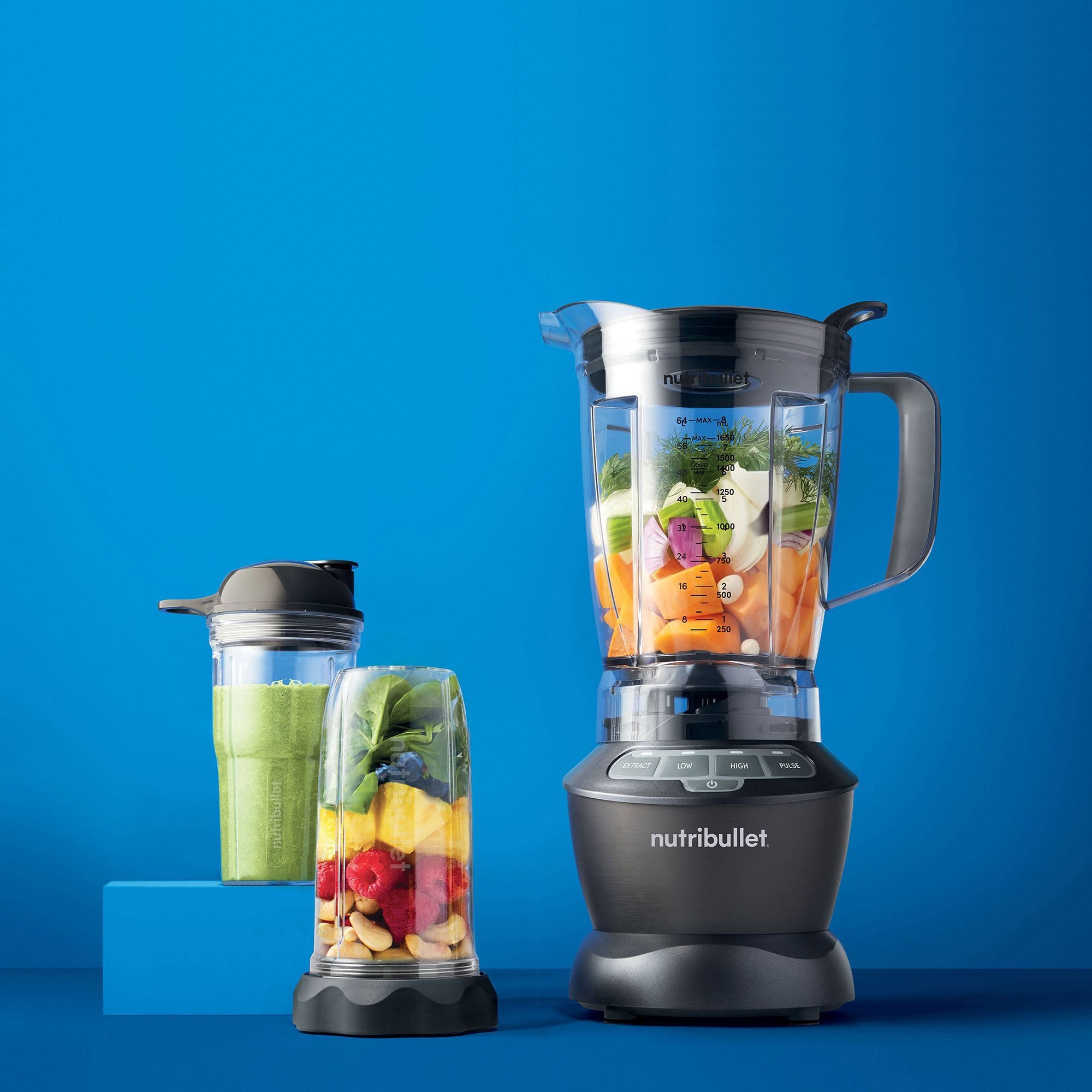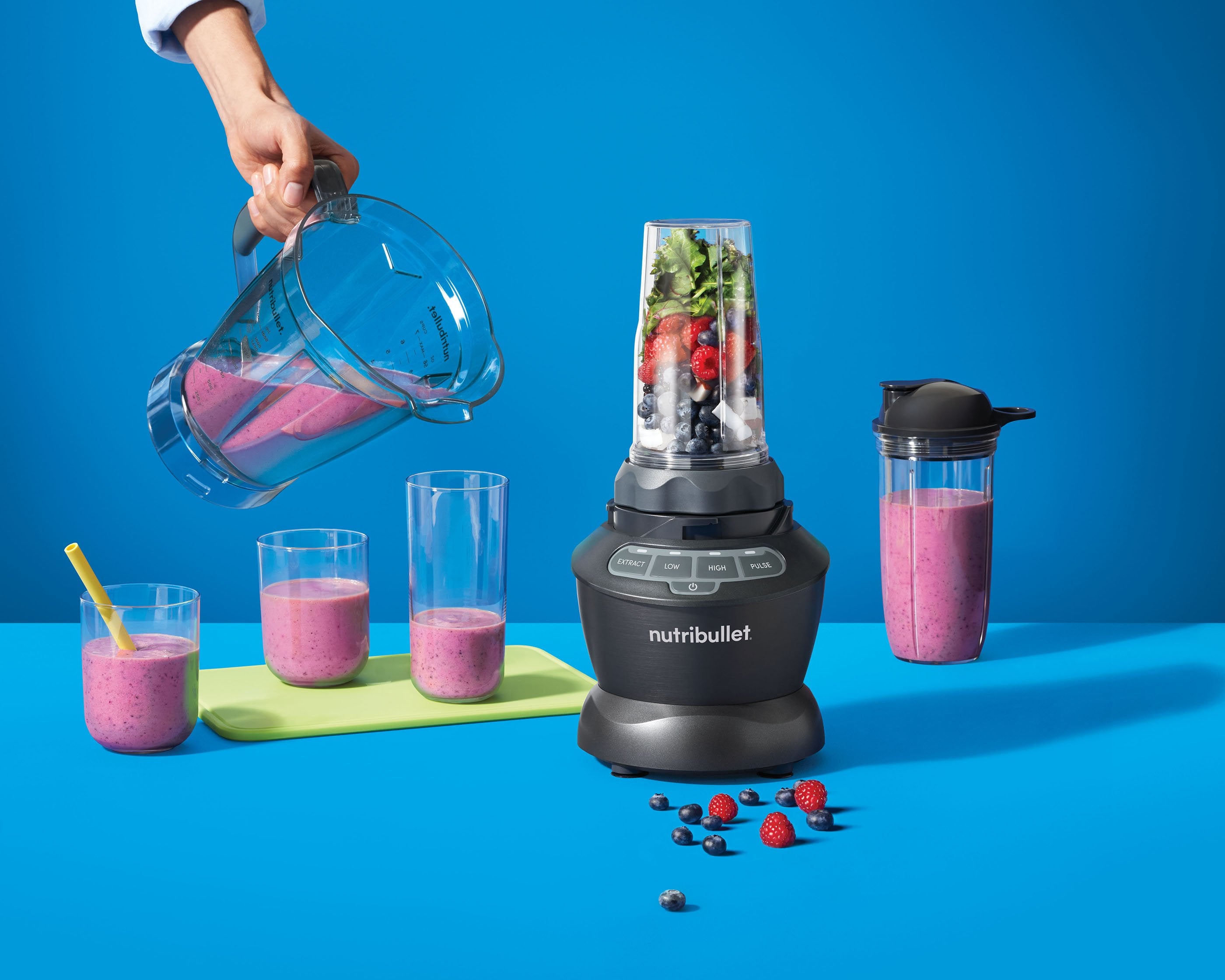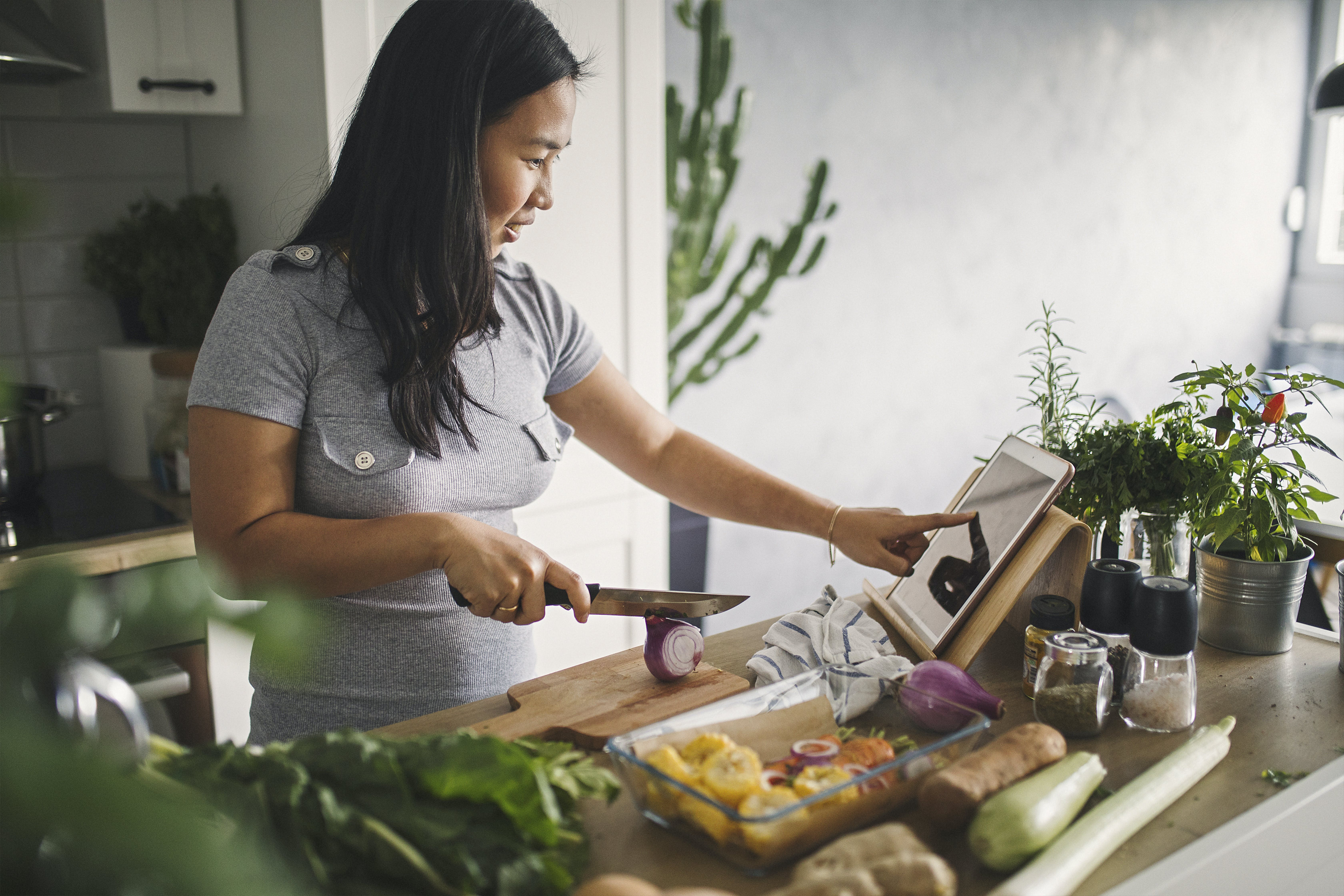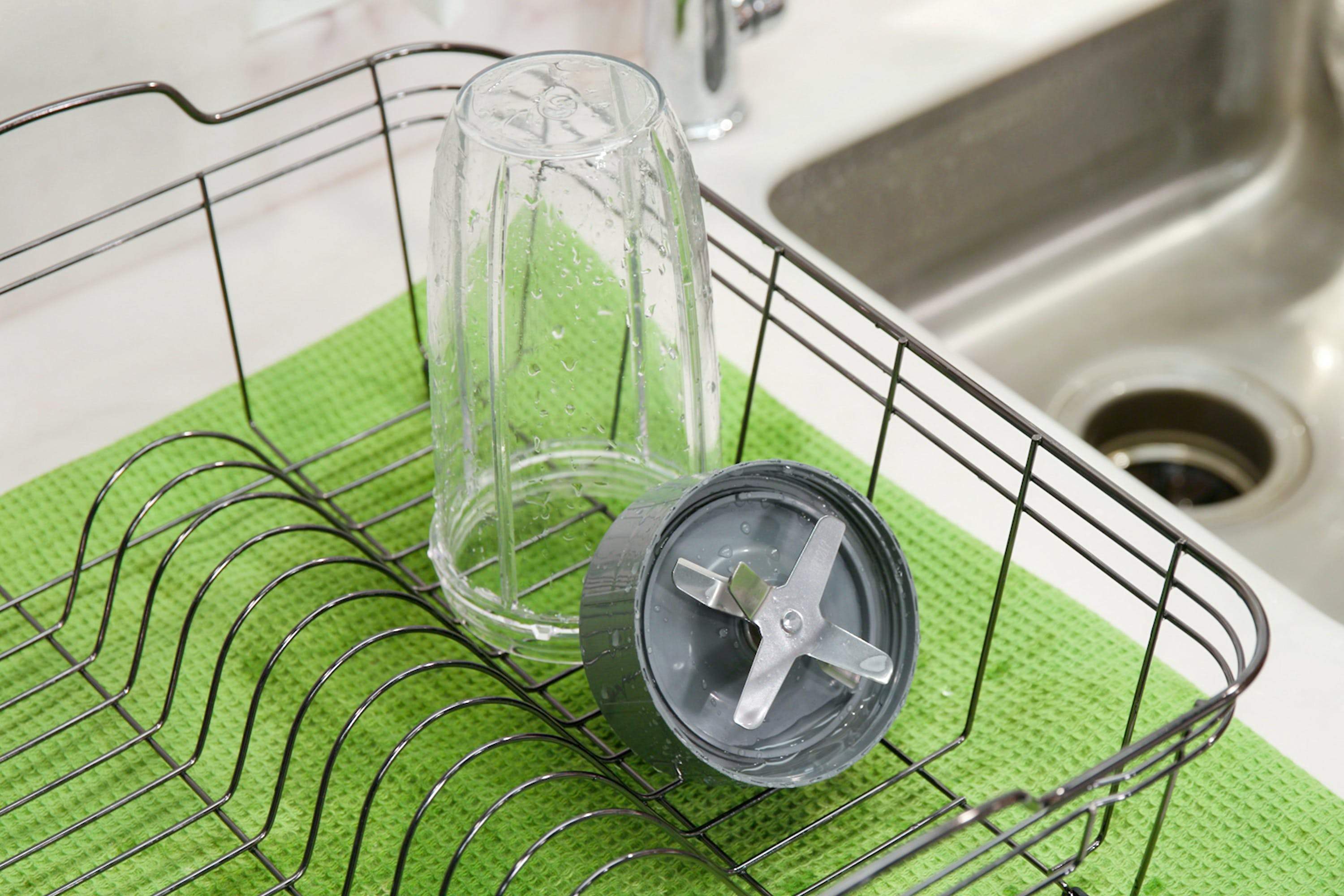A study was published in 2014 showing that 5 to 7 servings of fruits and vegetables a day could help lower the risk of dying during the study follow-up by as much as 40 percent. Since then, I’ve been promoting that goal of 5 to 7 servings. As of this month, however, the bar was raised even higher. New data with more than 2 million subjects showed that if you eat 10 servings of fruits and vegetables daily, you can reduce your risk of heart disease, stroke, cancer, and premature death. This is amazing news if your goal is to live as long and as healthy as possible.
The authors calculated that 8 million deaths a year could be avoided worldwide. Wow! So, what do 10 servings a day mean? One serving is half a cup of vegetables and a piece of fruit about the size of a baseball. Overall, the 10 servings added up to 800 grams or about 1 ¾ pound of fruits and veggies every day.
But how are you going to pack all of those fruits and veggies in? Below, I listed 18 ways to get more fruits and vegetables into your diet. My favorite method is using the NutriBullet every day. This amazing and affordable personal blender is perfect for your kitchen, workplace or even dorm room. It’s also great to take when traveling. By filling the 900W model full of fruits and vegetables, you can get 7 of the 10 servings that are the foundation for a healthy diet. Do you have a NutriBullet, yet? It may be the best purchase you ever make, as well as an awesome gift.
Here are 18 ways to get more fruits and vegetables into your day:
- Make the main dish a salad. Use dark leafy greens, edamame, chickpeas, cannellini beans, and seeds. Add other healthy ingredients to make your salad a satisfying and balanced meal.
- Have a large supply of frozen vegetables and fruits in the freezer. Buy organic, if possible, to use as side dishes, main dishes, smoothies, and stir-fries.
- Use fruit as the dessert. Frozen grapes, mixed berries, and bananas are delicious! You can also make frozen banana ice cream in your NutriBullet or other designated kitchen appliances.
- Grab a potato. Starchy potatoes don’t have the best reputation, but they have propelled several stunning examples of weight loss and disease reversal. Baked potatoes topped with beans, salsa or greens are a fun and filling meal for the whole family.
- Breakfast with fruit. No bowl of cereal or oatmeal is complete without berries, dates, bananas or raisins. Although dried fruits should be used in moderation, children often will eat them over whole fruits. It’s a start!
- Get a bowl. Put brightly colored fruits in a bowl on the counter in place of cookies and crackers. They’ll disappear in a flash, so plan trips to the produce market to keep the fruit bowl filled.
- Salad color wheel. A properly designed salad with orange peppers, mandarin orange slices, grape tomatoes, blueberries, and cauliflower florets will resemble a prism of colors and give you healthy results.
- Pizza as a decoy. The base of your pizza is just begging to be topped with arugula, garlic, pine nuts, sun-dried tomatoes, avocado slices, peppers, mushrooms, and eggplant. It’s a tasty way to add more veggies to your meal!
- Smoothies. You knew this was coming. With enough blueberries or strawberries, even a sizeable handful of spinach or baby kale is hidden from a child’s view. Add a personal blender to your kitchen tools and you won’t regret it.
- Veggie wrap. Need a fast meal? Take steamed collard green or a whole wheat tortilla and pack it with hummus, vegetables, and salsa. I even add mustard. Kids love the collards and they hold up well as a sandwich.
- Snacks. Pack a bag of grapes, carrot sticks, celery, or broccoli florets for lunches, trips, and school events. Planning these healthy snacks ahead of time is key to getting more fruits and veggies in a day.
- Kabobs. Grilled vegetable kabobs are colorful and offer a fun way to introduce new foods like mushrooms.
- Ask for lettuce. In most Middle Eastern cafes, you can pass up on the pita and ask for romaine lettuce to dip in eggplant or chickpea dips like hummus.
- Grill fruit. While grilled meat is known to be unhealthy, grilled pineapple, peaches, bananas, and even apples hold up well and open a new door to ways you can enjoy your fruits.
- Grate them. You can take any dish, like lasagna or loaf, and grate spinach, carrots, and squash to add the fiber and nutrients found only in plants.
- Soup. Preparing a big pot of homemade vegetable or bean soup on a Sunday takes care of the main course, lunch, or snack throughout the week. Add in dark greens to get all the health benefits.
- Sandwich. No sandwich is complete without a fruit or vegetable. Even a classic PB and J tastes great with banana slices. And a burger with a big lettuce leaf and a tomato slice is healthier than a burger without them.
- Juice. It’s easy to find cold-pressed vegetable juices that are entirely or mainly vegetable in many stores and markets. Some are processed by HPP, which gives them a few months of shelf time. Beware of the brands that are pasteurized and contain mainly fruit. They are sugar bombs! To get the most benefits, juice your vegetables and eat your fruits whole.
Eating nearly two pounds of fruits and vegetables a day is the best insurance against illnesses that can rob us of our wellness. Try a smoothie to start your day and you will upgrade your health to rock star health status.
Nutritional information
Recipe: Creamy Green Strawberry Dream Serving in this recipe:1
- Calories: 236.6
- Total Fat: 3.6 g 5.5%
- Saturated Fat: 0.4 g 1.9%
- Cholesterol: 0 mg 0%
- Sodium: 358.7 mg 14.9%
- Total Carbs: 45.7 g 15.2%
- Dietary Fiber: 9.9 g 39.4%
- Sugar: 22.1 g
- Protein: 8.1 g 16.2%
- Vitamin A: 481.9% Vitamin C: 244.1%
- Calcium: 68.5% Iron: 26.1%
* Percent Daily Values are based on a 2,000 calorie diet. Your daily values may be higher or lower depending on your calorie needs.





















